After a month of hibernation February comes and wakes us up. Every year we map out our plant schedule and decide what week you will first begin to plant. In the horticulture world you plant it out by weeks counting the weeks from the beginning of the New Year. For example, this year we are starting in week 7, Or Monday February 15th if you don’t feel like counting on the calendar. It is extremely important to calculate when you start because your goal is have a nice compact looking plant by May, and especially by Mother’s Day, which is typically the busiest weekend. If your plants aren’t mature enough, or they are too stretched/far along your customer may shop other locations.
When it is all said and done we plant over 1 million plants total, and using about 30,000 Cubic feet of soil! These plants start from several different ways the seeds that we plant for our fields, to the plugs we get in, to liners/cuttings. A plug typically comes from seed and is grown in different regions and those companies supply us with plug and then we grow it until maturity. A liner or cutting is a clipping from a mature plant. Cuttings can consist of a leaf, or a stem. We get a cutting with a stem and leaf which is then placed in soil and is able to grow to maturity, plants are amazing! Our plugs and cuttings come from all over. We receive cuttings as far south as Homestead Florida, plugs from as far east as Loudon, New Hampshire, to as far west as San Diego, California, and as far North as Corcoran, Minnesota. All places contributing to our collection.
Our first plantings, in week 7, are New Guinea Impatiens, Fuchsia, and Zonal Geranium cuttings. These plants, especially the zonal geranium cutting (due to no root system), take the longest time to get them where we want them. By the end of the month we will have planted over 25,000 hanging baskets consisting of all variety of plants and combinations. Of course you need soil to grow these plants in and it is one of the most important parts of growing. The soil we put in our pots actually doesn’t contain any soil! It consists of peat, vermiculite, perlite, compost bark, blue flake fertilizer, lime, and a wetting agent. We then water with liquid fertilizer, acid, and a slow release fertilizer. The fertilizer consists of all your necessary nutrients. Nitrogen, Phosphorous, and Potassium or pot ash are the three real important nutrients for a plant. The mix also includes micro nutrients such as Calcium and Magnesium. The reason we inject acid into our fertilizer mix is to regulate the alkalinity, which is basically the amount of variable change the soil has to pH change. The lower the alkalinity the lower percent chance it has of changing the pH, and keeping a constant pH is extremely important for nutrient availability. Most nutrients for plants are easily accessible and absorbed at a pH around 6.2 and 6.5, so this is where we want our pH to be at all time. Get ready for an exciting spring because it is just around the corner!
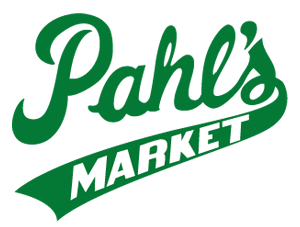
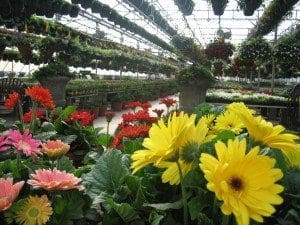
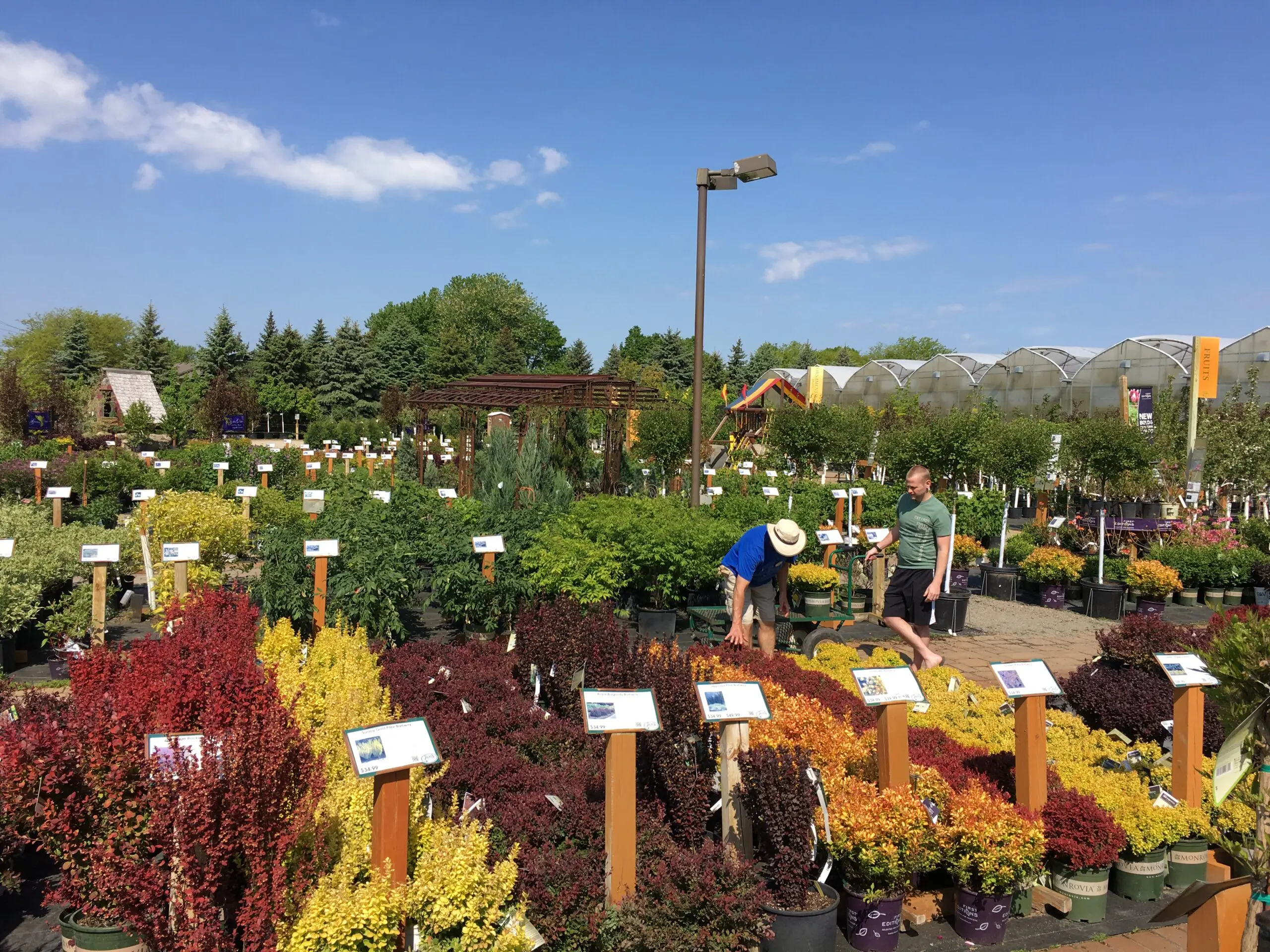
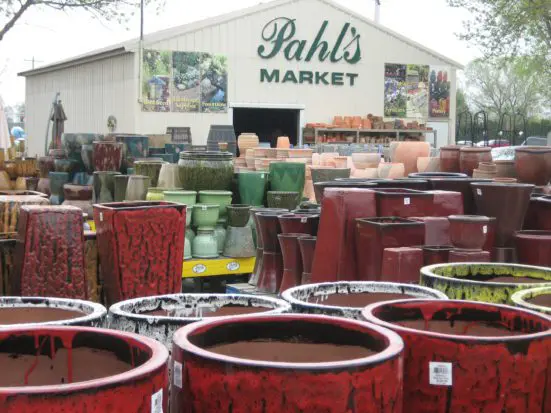
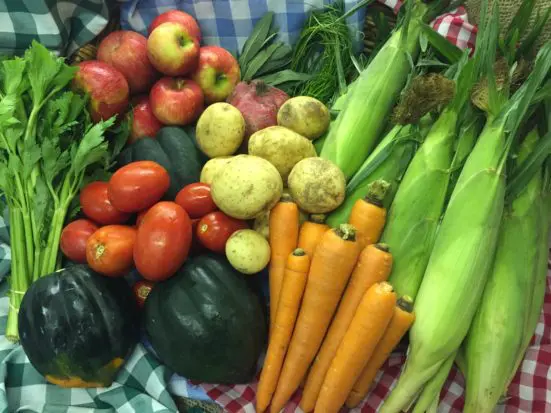

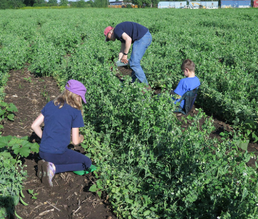
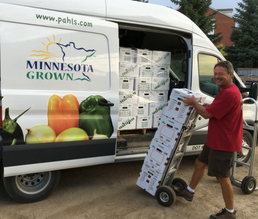
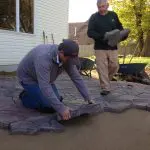
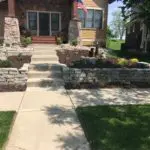
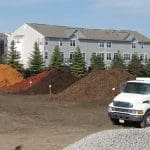
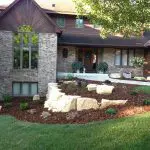
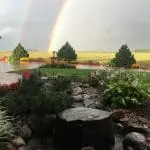
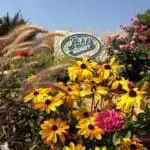

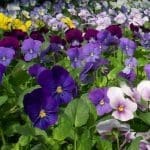

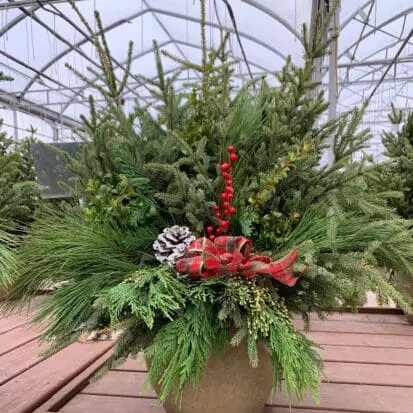
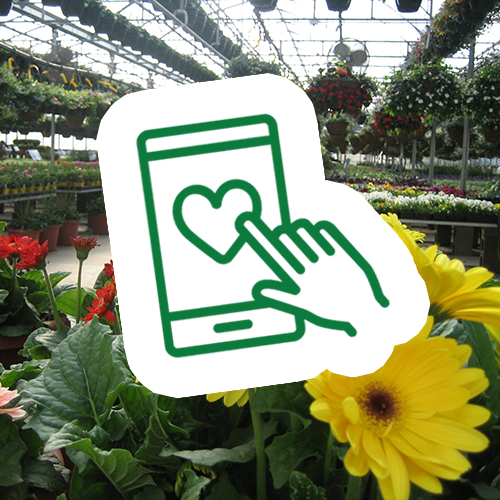
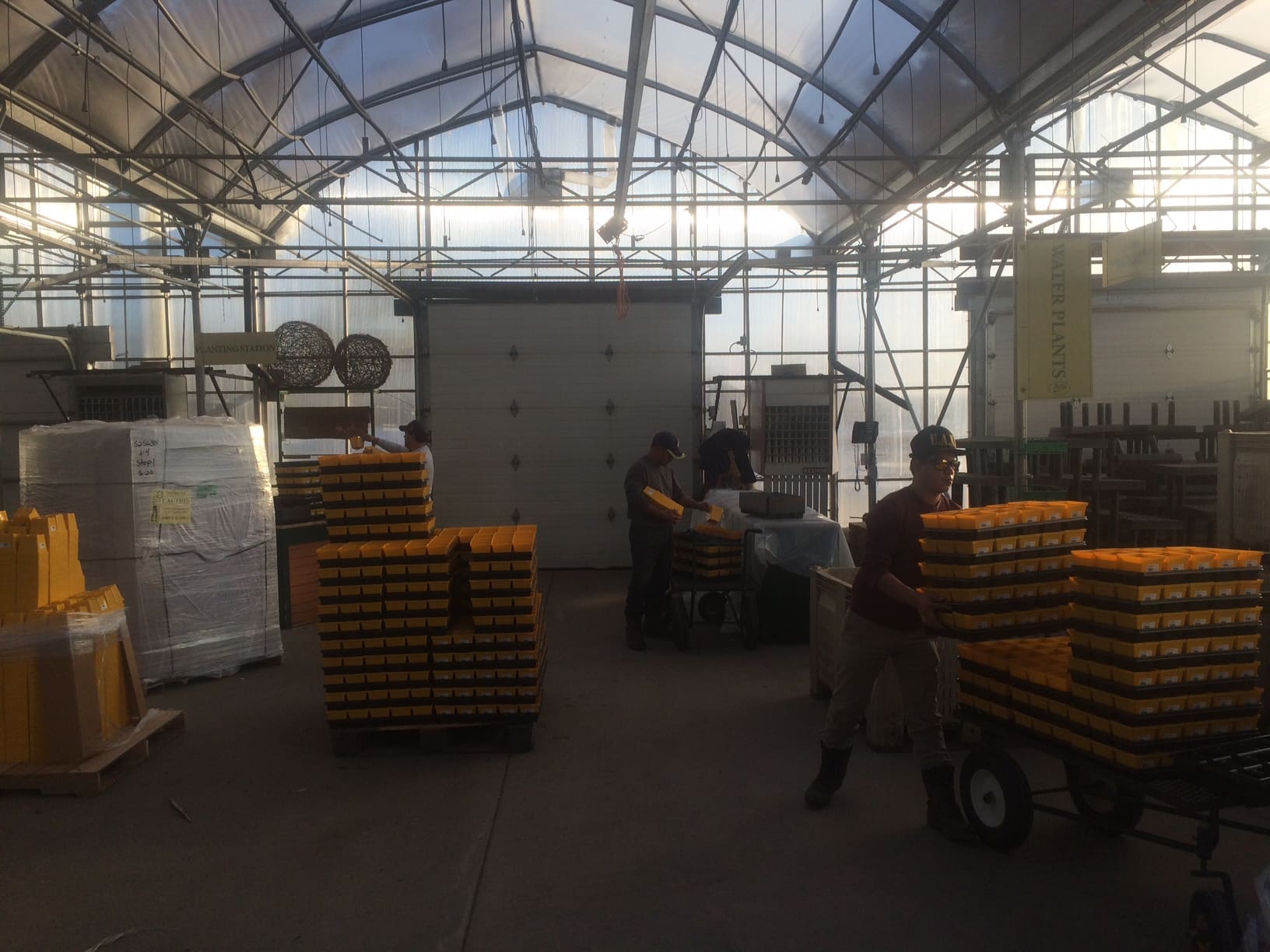
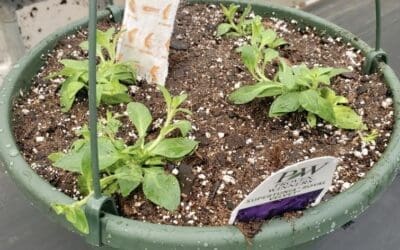
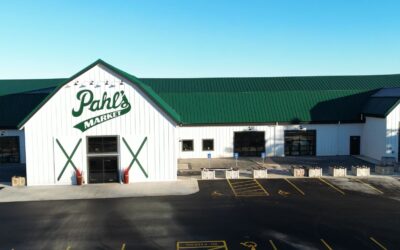

0 Comments